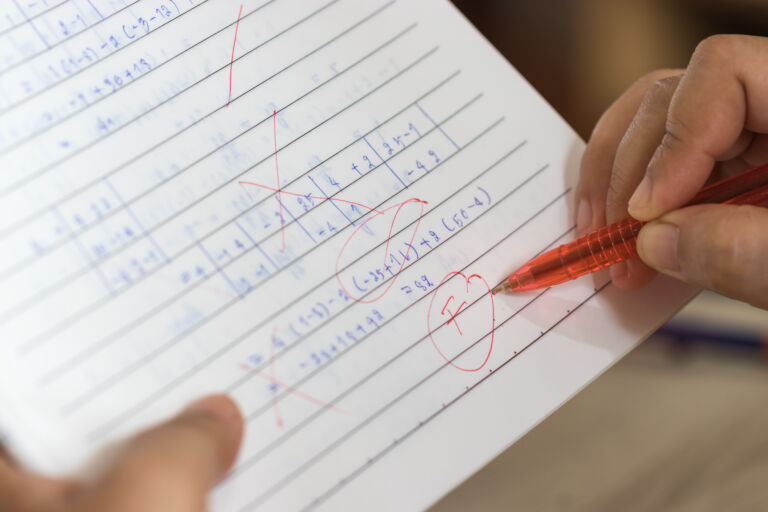On Thursday, state education officials released 2016-17 accountability results for all North Carolina district and charter schools. Overall, there was little difference in the performance of schools last year compared to the year before. Statewide proficiency and 4-year graduation rates have inched up. There was a slight decline in the percentage of schools exceeding growth expectations.
Graduation Rates
While graduation rates have increased by more than 18 percentage points since 2006, last year’s rate of 86.5 percent represents a mere 0.6 percentage point increase from 2016. Of the various subgroups, Limited English Proficient students had the lowest 4-year graduation rate, 58 percent for the state in 2017. The Asian student subgroup had the highest 4-year graduation rate, nearly 94 percent. Rates for both subgroups were slight improvements compared to the year before.
While the rate increase is good news, keep in mind that quantity is not necessarily an indicator of the quality. Community college remediation rates suggest that many North Carolina public school students graduate without adequate skills and knowledge in core subjects. In 2015, around a third of recent high school graduates received math and English remediation upon entering a North Carolina community college directly after high school. Moreover, questions about the use of credit recovery programs for struggling students still need to be answered. According to WBTV in Charlotte, “some students who participated in the [Charlotte-Mecklenburg Schools credit recovery] program were still able to graduate, and they didn’t fully master the content.” Yikes!
Growth, Proficiency, and School Performance Grades
According to state data, 73.7 percent of North Carolina schools met or exceeded their academic growth goals. That was a trivial 0.1 percentage point bump since 2016. Academic growth measures (also called “value-added” analyses) are indispensable because they are not correlated to student demographics. On the other hand, a school that meets or exceeds growth expectations may still enroll few students that score at or above grade level, so it is important to couple growth measures with proficiency rates.
There was a very slight increase in the percentage of students earning grade-level proficient scores on state end-of-grade (EOG) and end-of-course (EOC) tests. North Carolina has a five-tier accountability system. Achievement levels 1 and 2 are below grade level. Grade-level proficiency applies to scores that reach achievement level 3 and above. Achievement levels 4 and 5 indicate grade-level proficiency and career and college readiness.
Across all subjects and grade levels, 59.2 percent of North Carolina students earned grade-level proficiency, that is, Level 3 and above. A much lower percentage, 49.2 percent, met the “career and college ready” standard or Level 4 and above. Both are trending in the positive direction, but the fact remains that around half of North Carolina students are not on track to be prepared academically for life after graduation.
Both growth and proficiency rates are included in school performance grades. Proficiency rates (and performance metrics specific to high schools) account for 80 percent of the grade, while growth makes up the other 20 percent. Those measures are combined and scored on a 15-point scale. Overall, 7.1 percent received an A, 28.1 percent scored a B, 42.3 percent logged a C, and the remaining 22.5 percent earned a D or F.
Once again, charter schools had a much higher percentage of A and B schools than district schools, 43.5 percent compared to 35.2 percent for districts. At the same time, charters had a higher percentage of D and F schools, 25.2 percent compared to 22.5 percent for districts.
What Does It All Mean?
Republicans cannot boast that their reform initiatives led to significant increases in student performance. That said, it may be too early to observe a measurable effect, given the large-scale, systematic policy changes implemented by the Republican-led legislature since 2011. At the same time, Democrats cannot claim that Republicans have harmed public schools, although they will likely claim that their policies are producing stagnant student performance outcomes. Partisan bickering aside, it is important to remember that state and federal policies rarely benefit or harm schools as much as politicians and activists claim they do.
While I will have more to say about the test scores in the coming weeks, the most important test score release will occur next month when the U.S. Department of Education releases reading and math scores from the National Assessment of Education Progress (NAEP). The biennial NAEP assessments provide the best indicator of the health of our public schools.


